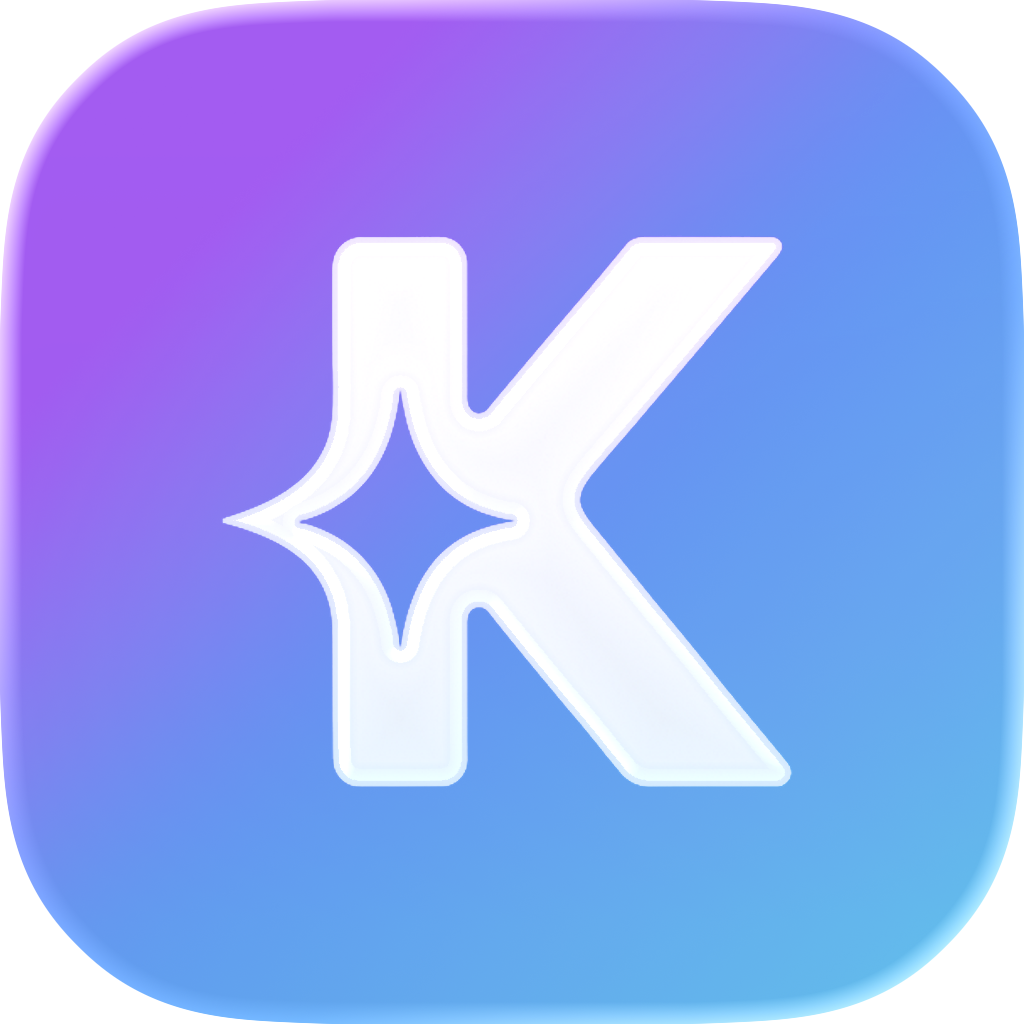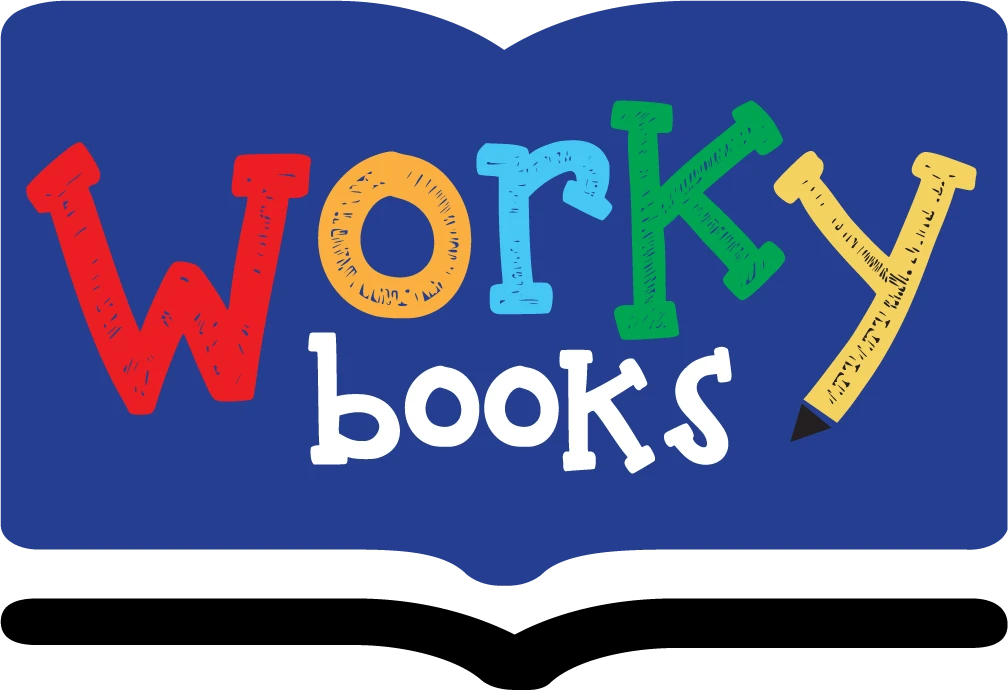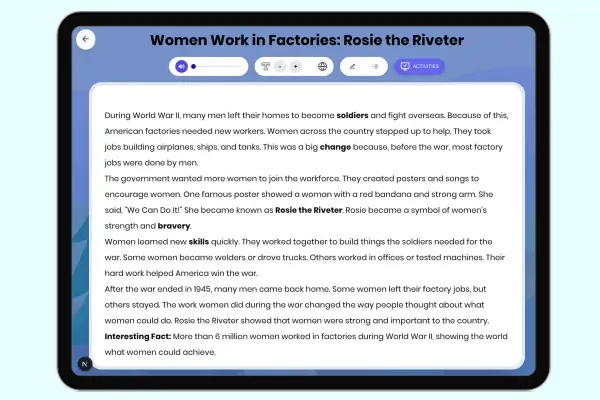Understanding the Movement of Tectonic Plates Worksheet
- 4
- 5
- W.4.9
- 4-ESS1-1
- ESS1.C
This learning resource is available in interactive and printable formats. The interactive worksheet can be played online and assigned to students. The Printable PDF version can be downloaded and printed for completion by hand.
About the Understanding the Movement of Tectonic Plates Worksheet
Understanding the Movement of Tectonic Plates explores the dynamic forces that shape our Earth's surface through the interaction of tectonic plates. The material covers how these massive sections of the Earth's crust move and interact with each other, creating various geological features through processes like divergent boundaries, convergent boundaries, transform boundaries, and plate boundary zones. Students learn about the formation of oceanic crust, mountain ranges, deep-sea trenches, and the causes of earthquakes and volcanic activity.
This interactive and printable worksheet, that aligns with the Common Core State Standards, Understanding the Movement of Tectonic Plates, guides students through the complex processes of plate tectonics using clear explanations and visual aids. Through comprehensive questions and real-world examples like the formation of the Rocky Mountains, students gain insights into how these geological processes have shaped our planet's surface features and continue to influence Earth's geography today.
What will your child learn through this worksheet?
- Understanding of the four main types of plate boundaries and their characteristics
- Knowledge of how tectonic plate movements create various geological features
- Recognition of the relationship between plate tectonics and natural phenomena like earthquakes and volcanoes
- Comprehension of real-world examples of plate tectonic effects, such as mountain formation
Learning Outcomes
- Accurately identify and describe the different types of plate boundaries
- Explain the processes involved in the formation of major geological features
- Connect plate tectonic theory to observable geological phenomena
- Apply knowledge to analyze specific examples of tectonic activity
Cognitive
- Through this interactive worksheet, students develop analytical skills in understanding Earth's geological processes
- Practice critical thinking by connecting plate movements to their resulting geological features
Psychomotor
- This worksheet enhances visual interpretation skills through diagram analysis
- Improves ability to identify and classify different types of plate boundaries
Affective
- Develops appreciation for Earth's dynamic nature through this interactive learning experience
- Builds awareness of how geological processes shape our world
Reinforce
- This worksheet strengthens understanding of plate tectonics through structured questions
- Encourages discussion about global geological features and their formation
Tags
tectonic plates, plate boundaries, Earth's crust, geology, earthquakes, volcanoes, mountain formation, divergent boundaries, convergent boundaries, transform boundaries, plate boundary zones, subduction zones, oceanic crust, continental plates, geological features
Common Core Standards Covered
Perfect For:
- • Classroom assignments
- • Auto-graded assessments
- • Printable handouts
- • Home learning support
- • Homework help
- • Skill reinforcement
- • Curriculum planning
- • Self-paced learning
- • Progress tracking




